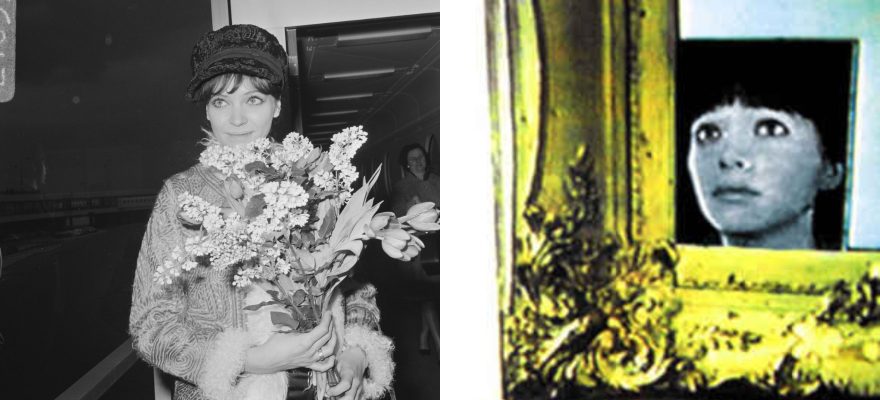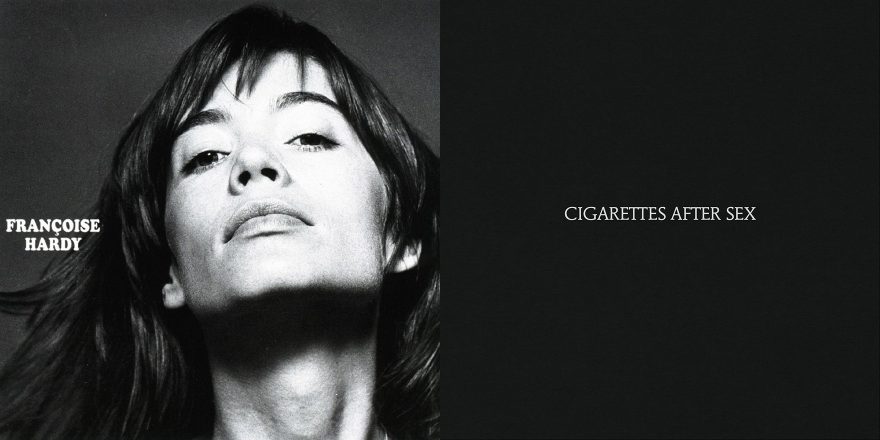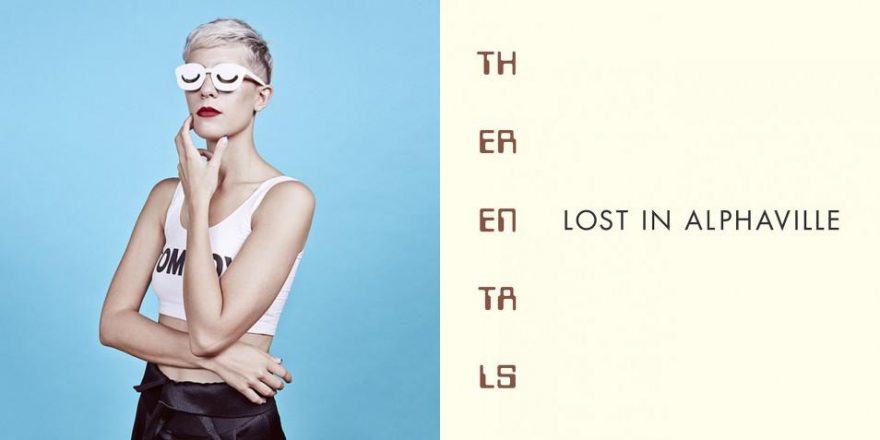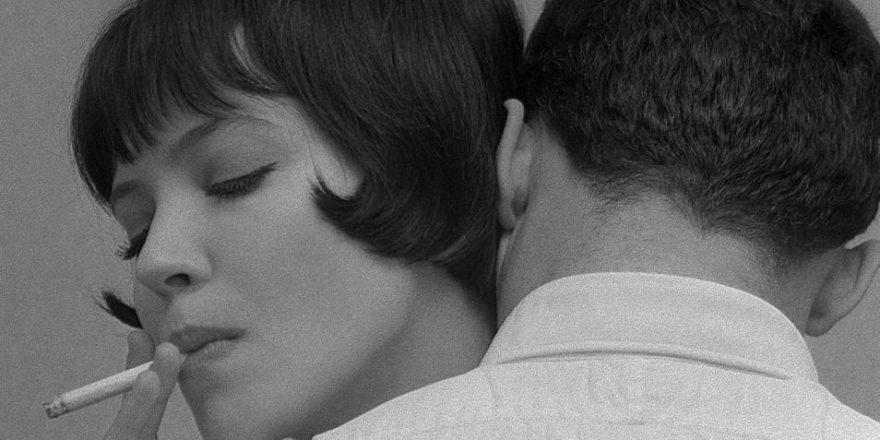I lowered two sullen eyes on Sunday upon hearing of the death of actress (and French New Wave icon) Anna Karina. The news seemed to reach me instantly on social media, in waves of heartfelt tribute some might have found disproportionate to her relative obscurity here in The States. But as I paced across campus, dashing between the concrete columns of my own personal Alphaville with the collar of my raincoat turned up to the sky — the acute, dissociated feeling of loss my friends were experiencing was actually the only thing that made sense to me.
For a certain sort of ‘90s kid, immersed in all things indie, Karina functioned as both cult hero, and semiotic shorthand. Gen X had a renewed interest in the French New Wave, and art house cinema in general. This could have been in response to a childhood spent watching increasingly dire Lethal Weapons films. Godard, Trauffaut, and others were also having a clear effect upon the younger filmmakers we were following — Tarantino, Wong Kar-wai, Hal Hartley, Greg Araki, and others. All of it synthesized into a loose aesthetic — influencing everything from our thrift store fashions, to our haircuts, to the angle of our Gauloises.
Indie pop was more unified socially then sonically then. Some bands were following in the low-fi footsteps of Beat Happening, inspired by the punk urgency of Riot Grrrl. I remember Anna Karina gracing a noisey Yummy Fur single from 1995 which jammed 10 songs into 10 minutes. Other groups were looking back to the ‘60s for both classic and experimental pop influences, and thus sleeves adorned with Karina or Bardot or Sedgwick made perfect sense. The casino cool of bands like Unrest or Comet Gain or The Make Up called out for pre-digital muses. But my group — the quixotically named My Favorite — was only looking back a decade or so to the rainy synth pop and gloomy jangle of the ‘80s. Yet Karina also appeared on our record, t-shirts and tour posters. What connected it all — and all of it to her?
I put a still from the Jean-Luc Godard film “Vivre Sa Vie” on the cover of My Favorite’s 2002 release The Kids Are All Wrong, as both a reference to the principle inspiration of that EP series (Joan Of Arc), and an attempt to comment upon a then-decade of indie pop’s use and overuse of this sort of imagery. The century had ended, but in a strange way the ‘60s hadn’t.
The image I chose featured Karina’s character Nana in a movie house, transfixed by the martyrdom of the Maid Of Orleans (as captured by the supernatural Renee Falconetti in Dreyer’s legendary silent film The Passion Of Joan Of Arc). I liked the idea of choosing an image of Karina in sorrow, in turmoil — instead of the winking, coquettish stills which had often appeared on pop sleeves. Her distress was directly related to both the character’s and Saint Joan’s perilous relationship with patriarchal power structures (and perhaps the actress’s too). The image is remarkable, both a Möbius strip of suffering, and an infinity mirror of empathy. Karina, in her preternatural cool, vague androgyny and effortless melancholy, was already unique amongst ‘60s female icons. This image came to represent all that and more.
It was important for me to show her image in an environment. Acknowledge it as an object frozen in a boy’s room, in this case mine, tucked into a mirror, where it was peered at in lieu of my own reflection. I was just out of art school, and influenced by many of the individuals loosely known as “The Picture Generation.” People like Richard Prince, Cindy Sherman, and Robert Longo were deconstructing and reconstructed our relationship to images. So my process began by capturing the still life on leering low-res video, the most “invisible” and somewhat sordid of mediums. I then reshot the image off a TV screen with a Polaroid instant camera — a format associated with a kind of soulful, sentimental phenomenology. True “nostalgia” in the Greek sense, as Don Draper would say. This was my attempt to both redeem and reveal myself. For regardless of how I related to Karina’s character’s trauma in my own experiences, regardless of how clever I took myself to be, I was still engaged in a version of the looking-without-seeing/creating-without-knowing archetype which defined so many male artists’ (straight and otherwise) relationship to female muses. Both the women on the slippery celluloid, and often, the ones much nearer to us.
My engagement with postmodernism was only an opening, a way to strip out systems of meaning which I didn’t want to participate in. However it didn’t divine what, if anything, would replace them. That’s a process that takes longer to develop, and it remains a slow, but steady slog. Anna Karina was a truly talented artist whose own presence shone brightly and distinctly, even as she was cut and pasted a thousand times over. She reflected indie pop’s lights and grey areas as she flickered at 24 frames per second, through it all. Our star.







